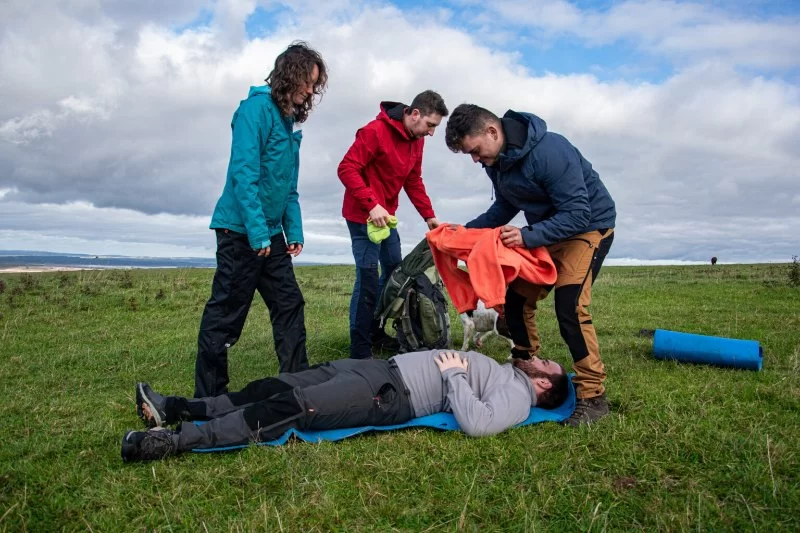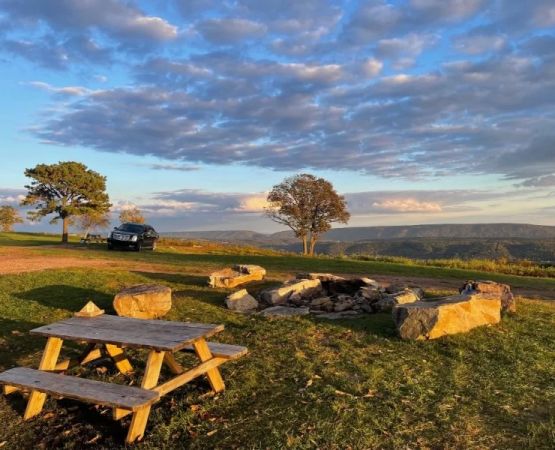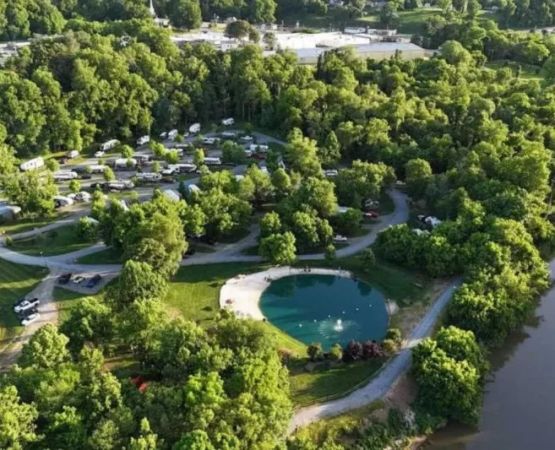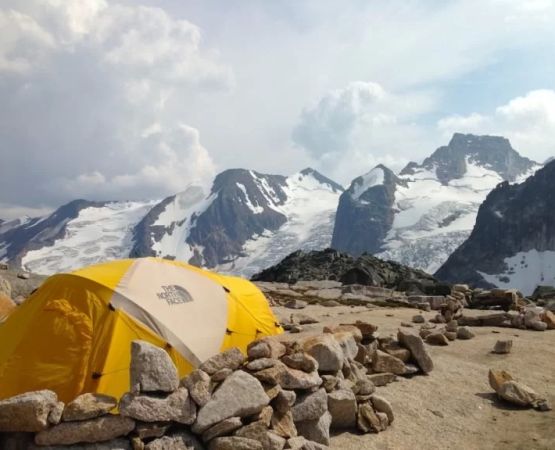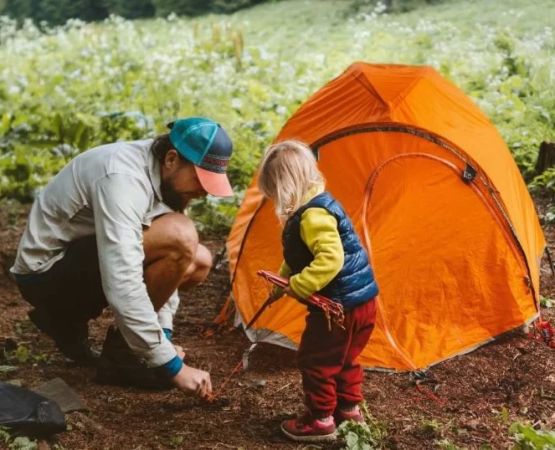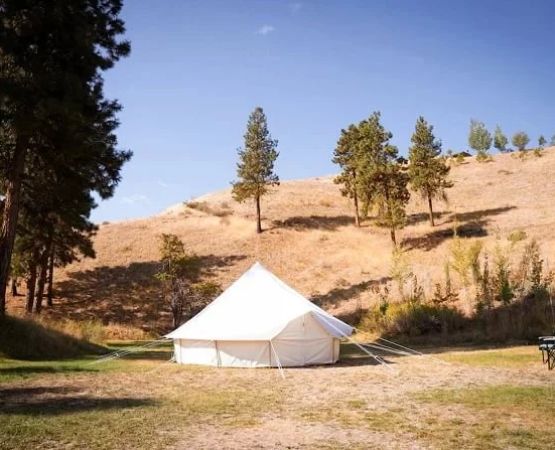- 1 - The Importance of Outdoor First Aid Training
- 2 - Core Skills Taught in Outdoor First Aid Training
- 3 - Real-Life Examples: How First Aid Training Saved Lives
- 4 - Who Should Take Outdoor First Aid Training?
- 5 - Choosing the Right Outdoor First Aid Course
1 - The Importance of Outdoor First Aid Training
When venturing into the wilderness, whether for a hike, camping, or any other outdoor activity, accidents can happen. Having basic knowledge of first aid can be a lifesaver in emergency situations. Outdoor first aid training equips individuals with the skills needed to respond effectively to injuries or medical emergencies in remote environments where immediate medical help may not be available.
Outdoor environments come with their own set of risks. From trips and falls to insect bites, heat exhaustion, or even more serious situations like heart attacks or fractures, knowing how to react swiftly can prevent complications and reduce the severity of injuries. This training is not just about treating cuts and bruises but understanding how to handle a range of medical emergencies that can occur while you’re far from civilization.
2 - Core Skills Taught in Outdoor First Aid Training
Outdoor first aid training provides essential skills that can make a significant difference in an emergency situation. Here are the core skills you’ll learn:
1. Basic Life Support (BLS) and CPR
Learning how to perform CPR (cardiopulmonary resuscitation) and basic life-saving techniques is one of the most crucial components of any first aid course. In an emergency, being able to perform CPR can help save someone's life until professional help arrives.
2. Wound Care and Bleeding Control
Accidents often lead to cuts, bruises, or more severe wounds. Training helps you understand how to clean wounds, dress them properly, and control bleeding. You’ll also learn when it's necessary to seek professional medical help, especially in cases of deep or life-threatening injuries.
3. Managing Sprains, Fractures, and Dislocations
Outdoor activities often involve physical exertion, which can result in sprains, fractures, or even dislocations. With first aid training, you’ll know how to immobilize the injury, manage pain, and get the person to medical help safely.
4. Recognizing and Treating Hypothermia and Heat Stroke
Extreme temperatures, whether hot or cold, pose serious risks in the outdoors. First aid training teaches you to recognize signs of hypothermia (when someone’s body temperature drops too low) or heat stroke (when the body overheats). Knowing how to respond can prevent long-term damage or even death.
5. Handling Medical Emergencies in Remote Areas
In remote areas, it’s often difficult to get help quickly. Training will teach you how to assess injuries or health issues, provide first aid, and manage the situation until help arrives or you're able to safely evacuate the injured person.
3 - Real-Life Examples: How First Aid Training Saved Lives
Real-life experiences highlight how outdoor first aid training can be the difference between life and death in emergency situations:
1. The Hiker Who Saved His Friend from Hypothermia
A story from a hiking trip illustrates how vital first aid knowledge can be. A hiker and his friend got caught in an unexpected snowstorm during a winter hike. The friend began showing signs of hypothermia, such as uncontrollable shivering and confusion. Thanks to his training, the hiker quickly recognized the symptoms, applied emergency heat packs, and insulated his friend while waiting for help to arrive. Without this intervention, the situation could have turned life-threatening.
2. The Camper Who Prevented Heat Stroke
On a summer camping trip, one camper began feeling faint and disoriented after hours of hiking under the hot sun. Another camper, trained in outdoor first aid, noticed the symptoms of heat exhaustion early. They provided water, helped the camper cool down, and monitored them until their condition improved. This early response prevented the camper from suffering from heat stroke, which could have led to serious complications.
4 - Who Should Take Outdoor First Aid Training?
Outdoor first aid training is beneficial for a wide range of individuals, not just those involved in extreme activities. Here are some groups that would greatly benefit from this training:
- Outdoor Enthusiasts: Hikers, campers, kayakers, and anyone who enjoys outdoor activities should be equipped with the knowledge of how to respond to injuries or medical emergencies in the wild.
- Parents and Caregivers: Parents, caregivers, or anyone responsible for others’ safety in outdoor settings can be prepared to handle medical emergencies that may arise while in nature.
- Travelers: Those planning to travel to remote areas or unfamiliar destinations can benefit from learning basic first aid skills in case of unforeseen events.
5 - Choosing the Right Outdoor First Aid Course
Choosing the right outdoor first aid course is crucial. It’s important to find a course that offers hands-on experience and practical learning. Here are a few tips for selecting a suitable course:
- Accreditation: Ensure the course is accredited by a recognized organization, such as the American Red Cross or the American Heart Association.
- Content Coverage: Look for a course that covers both basic first aid skills and wilderness-specific topics such as managing medical emergencies in remote areas.
- Experienced Instructors: Choose a course that is taught by experienced instructors who have a background in outdoor first aid and emergency response.
By selecting a well-structured course, you’ll be better prepared to handle emergencies and improve the safety of your outdoor adventures.
If you’re interested in learning more about outdoor activities and how to stay safe, visit Pine Cliff Resort for a variety of outdoor courses, equipment, and services designed to help you make the most of your outdoor experiences.

